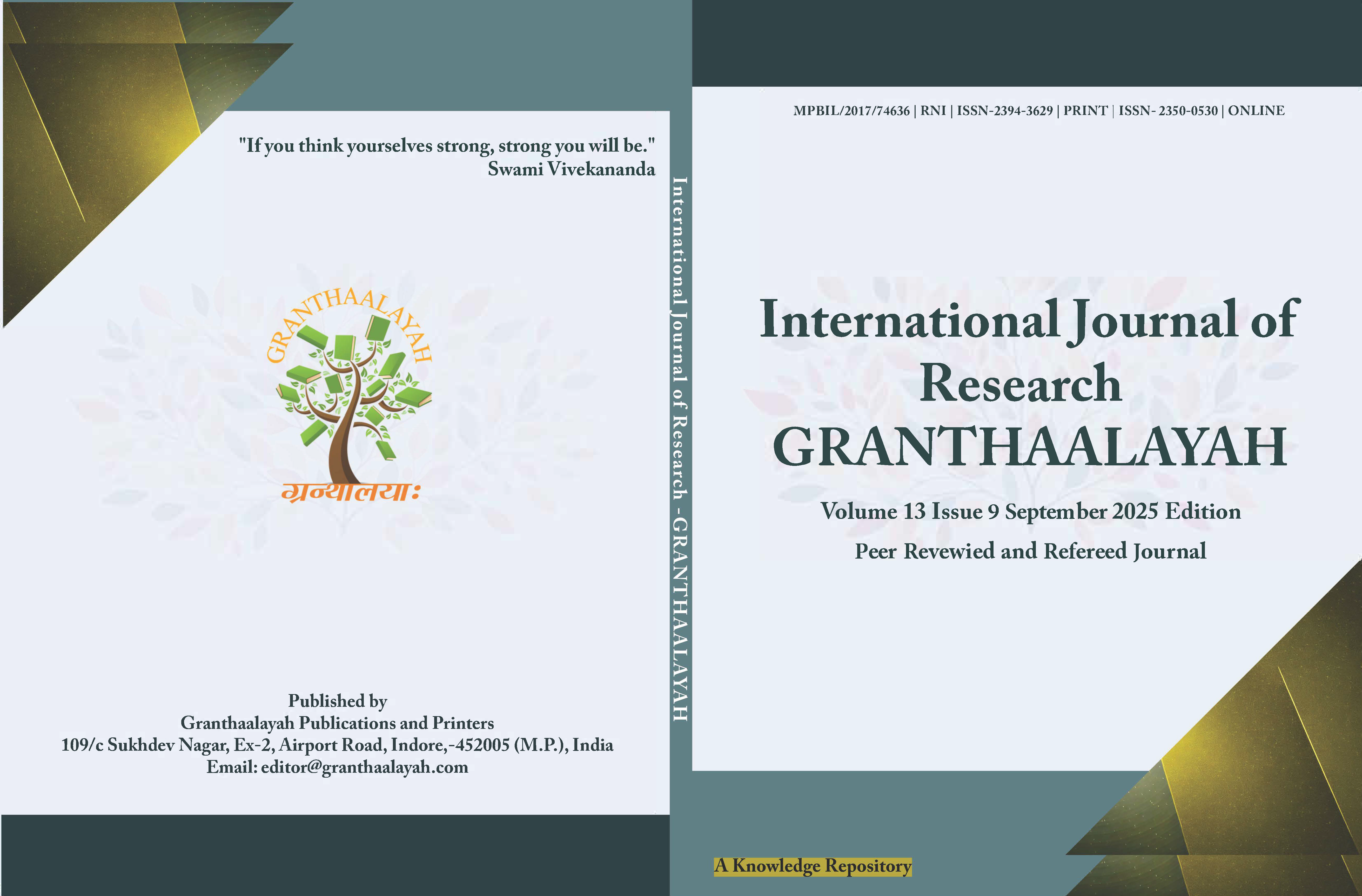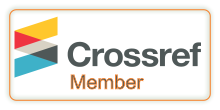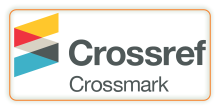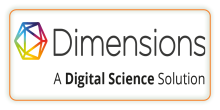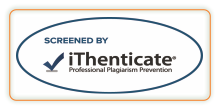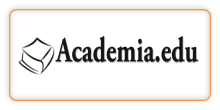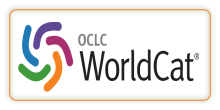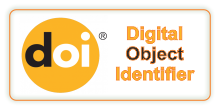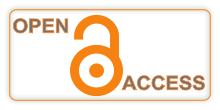MENTORING AND COACHING IN A WORKPLACE LITERACY PROGRAM
DOI:
https://doi.org/10.29121/granthaalayah.v13.i9.2025.6296Keywords:
Workplace Literacy, Mentoring, Coaching, Communication, Employability, Adult Learning, Staff DevelopmentAbstract [English]
This study explores the implementation of mentoring and coaching as strategic tools to enhance workplace English literacy in a post-pandemic context. As organizations increasingly prioritize reskilling and upskilling to maintain employability, this qualitative research examines how personalized support mechanisms—mentoring and coaching—address communication and emotional intelligence gaps among employees. Drawing on data from interviews, surveys, and workplace case studies, the study highlights how these approaches improve employee confidence, communication, engagement, and overall productivity. Mentoring fosters long-term developmental relationships for holistic growth, while coaching targets specific, measurable literacy outcomes. Successful implementation involves needs assessments, trained mentors/coaches, clear objectives, on-the-job integration, and ongoing evaluation. Despite challenges like time constraints and resource limitations, the findings affirm that mentoring and coaching significantly uplift workplace literacy, strengthening both individual career progression and organizational performance.
Downloads
References
Allen, T. D., & Eby, L. T. (2003). Relationship Effectiveness for Mentors: Factors Associated with Learning and Quality. Journal of Management, 29(4), 469–486. https://doi.org/10.1016/S0149-2063_03_00021-7 DOI: https://doi.org/10.1016/S0149-2063_03_00021-7
Bloom, G., Castagna, C., Moir, E., & Warren, B. (2005). Blended Coaching: Skills and Strategies to Support Principal Development. Corwin Press.
Brefi. (2009). Coaching and Mentoring – what's the Difference?
Butler, T., & Chao, T. (2001). Partners for Change: Students as Effective Technology Mentors. Active Learning in Higher Education, 2(2), 101–113. https://doi.org/10.1177/1469787401002002002 DOI: https://doi.org/10.1177/1469787401002002002
Fairbanks, C. M., Freedman, D., & Kahn, C. (2000). The Role of Effective Mentors in Learning to Teach. Journal of Teacher Education, 51(2), 102–112. https://doi.org/10.1177/002248710005100204 DOI: https://doi.org/10.1177/002248710005100204
Gibson, J. W., Tesone, D. V., & Buchalski, R. M. (2000). The Leader as Mentor. Journal of Leadership and Organizational Studies, 7(3), 56–67. https://doi.org/10.1177/107179190000700304 DOI: https://doi.org/10.1177/107179190000700304
Goldsmith, M., Lyons, L., & Freas, A. (2000). Coaching for Leadership: How the world's Greatest Coaches help Leaders Learn. Jossey-Bass.
Knowles, M. S. (1980). The Modern Practice of Adult Education: From Pedagogy to Andragogy. Follett.
Kouzes, J. M., & Posner, B. Z. (1996). The Credibility Factor. Jossey-Bass.
Kram, K. E. (1985). Mentoring at Work: Developmental Relationships in Organizational Life. Scott, Foreman and Company.
Lave, J., & Wenger, E. (2005). Situated Learning: Legitimate Peripheral Participation. Cambridge University Press.Lave, J., & Wenger, E. (2005). Situated Learning: Legitimate Peripheral Participation. Cambridge University Press.
Margerum-Leys, J., & Marx, R. W. (2004). The Nature and Sharing of Teacher Knowledge of Technology in a Student teacher/mentor teacher pair. Journal of Teacher Education, 55(5), 421–437. https://doi.org/10.1177/0022487104269858 DOI: https://doi.org/10.1177/0022487104269858
Mertz, N. T. (2004). What's a Mentor, Anyway? Educational Administration Quarterly, 40(4), 541–560. https://doi.org/10.1177/0013161X04267110 DOI: https://doi.org/10.1177/0013161X04267110
Murray, M. (2001). Beyond the Myths and Magic of Mentoring: How to Facilitate an Effective Mentoring Process. Jossey-Bass.
O'Neill, M. B. (2000). Executive Coaching with Backbone and Heart: A Systems Approach to Engaging Leaders with their Challenges. Jossey-Bass.
Orem, S. (2008). Appreciate Coaching.
Orland-Barak, L. (2005). Lost in Translation: Mentors Learning to Participate in Competing Discourses of Practice. Journal of Teacher Education, 56(4), 355–366. https://doi.org/10.1177/0022487105279566 DOI: https://doi.org/10.1177/0022487105279566
Randstad Canada. (2024). WIN Mentorship Program: Empowering Women Through Meaningful Connections.
Rath, T., & Conchie, B. (2008). Strengths Based Leadership. Gallup Press.
Shea, G. F. (2002). Mentoring: How to Develop Successful Mentor Behaviors. Crisp Learning.
Smith, S. J., & Robinson, S. (2003). Technology Integration through Collaborative Cohorts: Preparing Future Teachers to use Technology. Remedial and Special Education, 24(3), 154–160. https://doi.org/10.1177/07419325030240030401 DOI: https://doi.org/10.1177/07419325030240030401
Starcevich, M. M. (2009). Coach, Mentor: Is There a Difference?
Yeo, N. (2024, November 6). From Struggles to Success: How NTUC's Mentorship Revived a Jobseeker's Career. NTUC Women and Family.
Zachary, L. J. (2000). The Mentor's Guide: Facilitating Effective Learning Relationships. Jossey-Bass Publishers.
Published
How to Cite
Issue
Section
License
Copyright (c) 2025 Siva Mahendran

This work is licensed under a Creative Commons Attribution 4.0 International License.
With the licence CC-BY, authors retain the copyright, allowing anyone to download, reuse, re-print, modify, distribute, and/or copy their contribution. The work must be properly attributed to its author.
It is not necessary to ask for further permission from the author or journal board.
This journal provides immediate open access to its content on the principle that making research freely available to the public supports a greater global exchange of knowledge.

